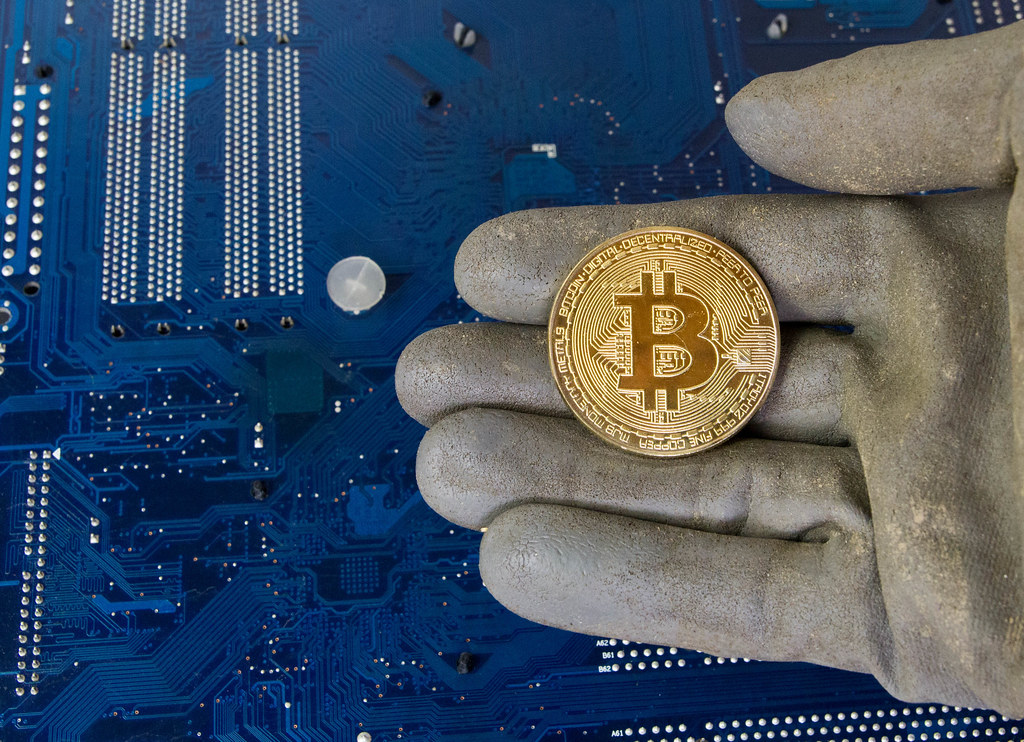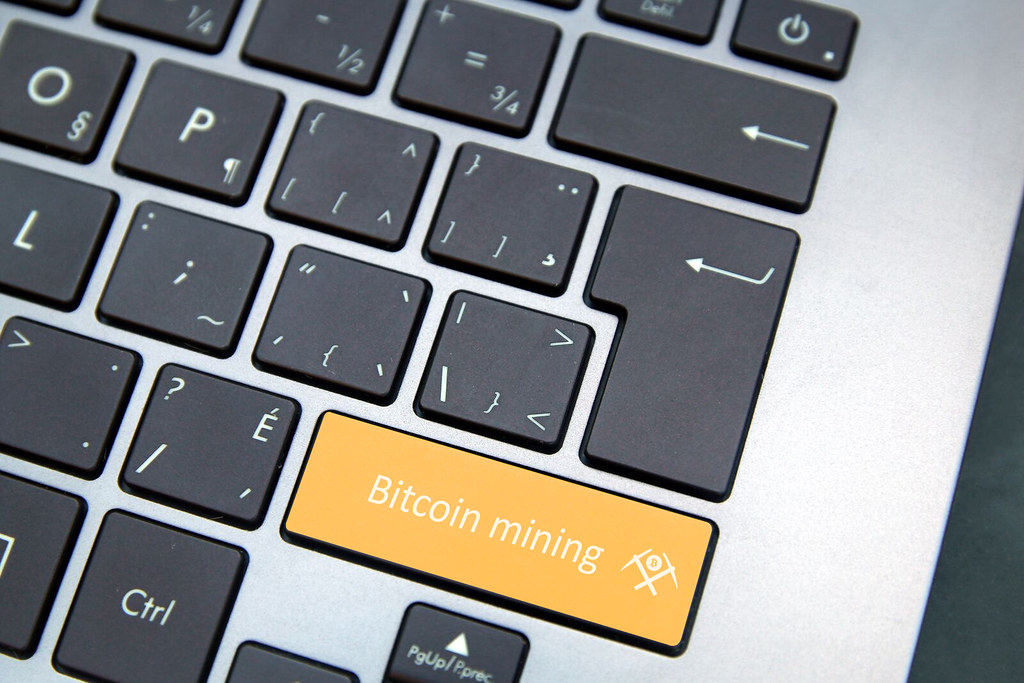Bitcoin mining is an essential process in the world of cryptocurrencies. It plays a crucial role in maintaining the integrity and security of the Bitcoin network. In this article, we will dive into the details of how Bitcoin mining works and explain the concept of crypto mining.
What Is Bitcoin Mining?
Bitcoin mining is the process of validating and adding new transactions to the blockchain, the decentralized ledger that records all Bitcoin transactions. Miners play a vital role in ensuring the accuracy and integrity of these transactions.
Key Takeaways
– Bitcoin mining is the process of validating and adding transactions to the blockchain.
– Miners perform complex computations to solve mathematical puzzles and earn newly minted Bitcoins as a reward.
– The mining process requires significant computational power and specialized hardware.
Why Bitcoin Needs Miners
Miners are essential for the Bitcoin network to function properly. They are responsible for processing and validating transactions, ensuring that double-spending or fraudulent transactions are not included in the blockchain.
Without miners, the Bitcoin network would be vulnerable to attacks and manipulation. Miners contribute their computing power to maintain the decentralized nature of the network and secure the integrity of the transactions.
Why Mine Bitcoin?
Bitcoin mining is not only essential for the functioning of the network but also provides an opportunity for miners to earn rewards. Miners receive newly minted Bitcoins as a reward for their computational efforts and the service they provide to the network.
Additionally, mining allows individuals to participate in the cryptocurrency ecosystem and contribute to the security and decentralization of the network. It can be a profitable endeavor, especially in regions with low electricity costs and access to efficient mining hardware.

How Does Bitcoin Mining Work?
The process of Bitcoin mining involves several key elements and processes. Let’s dive deeper into how Bitcoin mining works.
The Mining Process
Bitcoin mining involves solving complex mathematical puzzles using computational power. Miners compete against each other to be the first to solve these puzzles and add a new block of transactions to the blockchain. This process is known as proof-of-work.
What Is a ’64-Digit Hexadecimal Number’?
A ’64-digit hexadecimal number’ refers to a specific string of characters used in the Bitcoin mining process. This number represents the target hash and serves as the solution to the mathematical puzzle that miners are trying to solve.
What do ’64-digit hexadecimal numbers’ have to do with Bitcoin mining?
In Bitcoin mining, miners need to find a ’64-digit hexadecimal number’ that is lower than or equal to the target hash. This requires a significant amount of computational power and a bit of luck. Once a miner finds the correct number, they can add the newly mined block to the blockchain.
How do I guess at the target hash?
Miners make numerous attempts to find the correct target hash by changing a specific value in the block header, called the ‘nonce’. By adjusting the nonce, miners are essentially guessing different values until they find one that results in a hash lower than or equal to the target hash.
The Mining Requirements
Bitcoin mining requires substantial computing power and specialized hardware. In the early days of Bitcoin, miners were able to use regular CPUs and GPUs to mine. However, as the network grew in complexity, specialized mining equipment such as application-specific integrated circuits (ASICs) became necessary to compete in the mining race.
Elements of a Bitcoin Transaction
A Bitcoin transaction consists of several essential elements:
– Input: The source of the Bitcoin being transferred.
– Output: The destination of the Bitcoin being transferred.
– Amount: The specific quantity of Bitcoin being transferred.
– Fees: The transaction fees paid to miners for processing the transaction.
The Merkle Tree and the SHA-256 Algorithm
The Merkle Tree is a data structure used in Bitcoin to efficiently verify the integrity of large sets of transactions. It allows miners to verify that a specific transaction is included in a block without having to process every transaction individually.
The SHA-256 algorithm is the cryptographic hash function used in Bitcoin mining. It takes an input and produces a fixed-size output, known as the hash. Miners manipulate the block header and repeatedly apply the SHA-256 algorithm until they find a hash that meets the target criteria.
The Block Header
The block header contains various pieces of information, including the current block’s version, a timestamp, the previous block’s hash, and the Merkle Root. Miners modify the block header by adjusting the nonce to find a suitable hash that satisfies the target difficulty.
Solving the Hash Puzzle
To solve the hash puzzle and mine a new block, miners must find a hash that is lower than or equal to the target hash. This process requires significant computational power and specialized hardware. Miners compete against each other, and the first miner to find the correct hash adds the new block to the blockchain.

What You Need to Mine Bitcoins
To mine Bitcoins, you need the following:
Mining hardware
As mentioned earlier, specialized mining hardware, such as ASICs, is necessary to mine Bitcoin efficiently. These devices are designed specifically for the purpose of solving the complex mathematical puzzles required for Bitcoin mining.
An analogy
Using a pickaxe to mine for gold can be compared to using specialized mining hardware to mine for Bitcoin. Both require specific tools to extract valuable resources from a digital or physical environment.
What Are Mining Pools?
Mining pools are collaborative efforts where multiple miners combine their computational power to increase their chances of mining a new block. By pooling their resources, miners can collectively compete with larger mining operations and receive more consistent rewards.
A Pickaxe Strategy for Bitcoin Mining
Similar to a miner using a pickaxe to extract gold, Bitcoin mining requires a strategic approach. Miners need to carefully manage their resources, such as computing power and electricity consumption, to maximize their chances of successfully mining a block.
Downsides of Mining
While Bitcoin mining can be a profitable endeavor, there are some downsides to consider. The process requires a significant amount of electricity, which can result in high energy consumption and increased environmental impact.
Additionally, mining equipment can be expensive, and the competition among miners is fierce. As the difficulty of mining increases, it becomes more challenging to mine Bitcoin profitably using standard hardware.
Why Do Bitcoins Need to Be Mined?
Bitcoins need to be mined to ensure the security, integrity, and decentralization of the Bitcoin network. Mining provides a mechanism to validate transactions and add them to the blockchain, preventing fraudulent or double-spending attempts.
How Does Mining Confirm Transactions?
Mining confirms transactions by including them in newly mined blocks and adding these blocks to the blockchain. Through the process of proof-of-work, miners validate the transactions and secure the network by ensuring the accuracy of the blockchain.
Why Does Mining Use So Much Electricity?
Mining requires a substantial amount of electricity because of the computational power needed to solve the mathematical puzzles and mine new blocks. Miners continuously perform complex calculations, which consume significant energy resources.
Is Bitcoin Mining Legal?
In most countries, Bitcoin mining is legal as long as miners comply with local regulations and requirements. However, it’s important to check the legality of cryptocurrency mining in your jurisdiction, as regulations vary from country to country.
Does Crypto Mining Damage Your GPU/Computer?
Crypto mining can put strain on your GPU or computer due to the continuous and intensive computational calculations. However, with proper cooling and maintenance, you can mitigate the risks associated with mining and ensure the longevity of your hardware.
Can You Mine Bitcoin on Your iPhone?
Mining Bitcoin on an iPhone is not a practical option. The computational power of mobile devices is insufficient to compete with specialized mining hardware used by professional miners. Additionally, mining on an iPhone would drain the battery quickly and generate excessive heat.
The Bottom Line
Bitcoin mining plays a vital role in the functioning and security of the Bitcoin network. It involves a complex process of solving mathematical puzzles to confirm and add transactions to the blockchain. Miners contribute their computational power and specialized hardware to maintain the integrity and decentralization of the network.
While Bitcoin mining can be profitable, it requires significant resources and comes with its own set of challenges. By understanding how Bitcoin mining works and the factors involved, individuals can make informed decisions about participating in the mining ecosystem.


